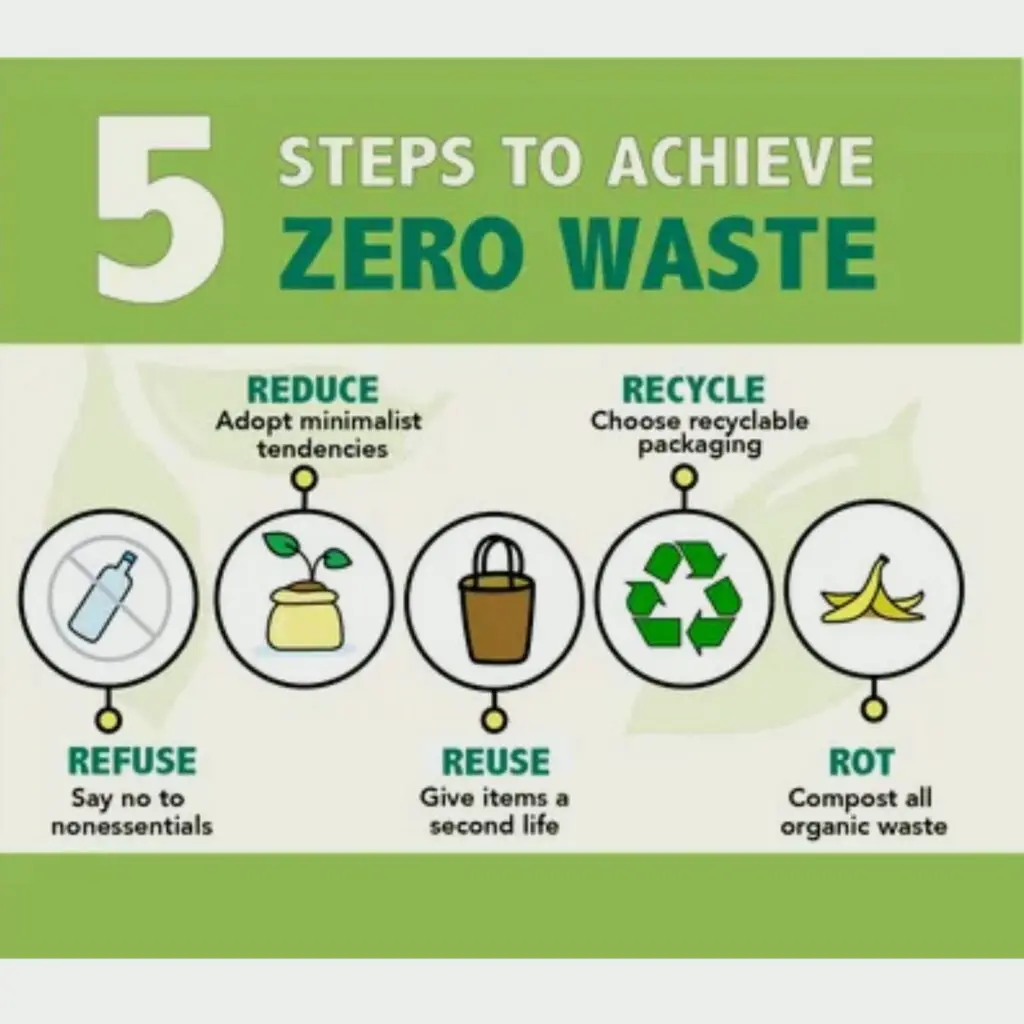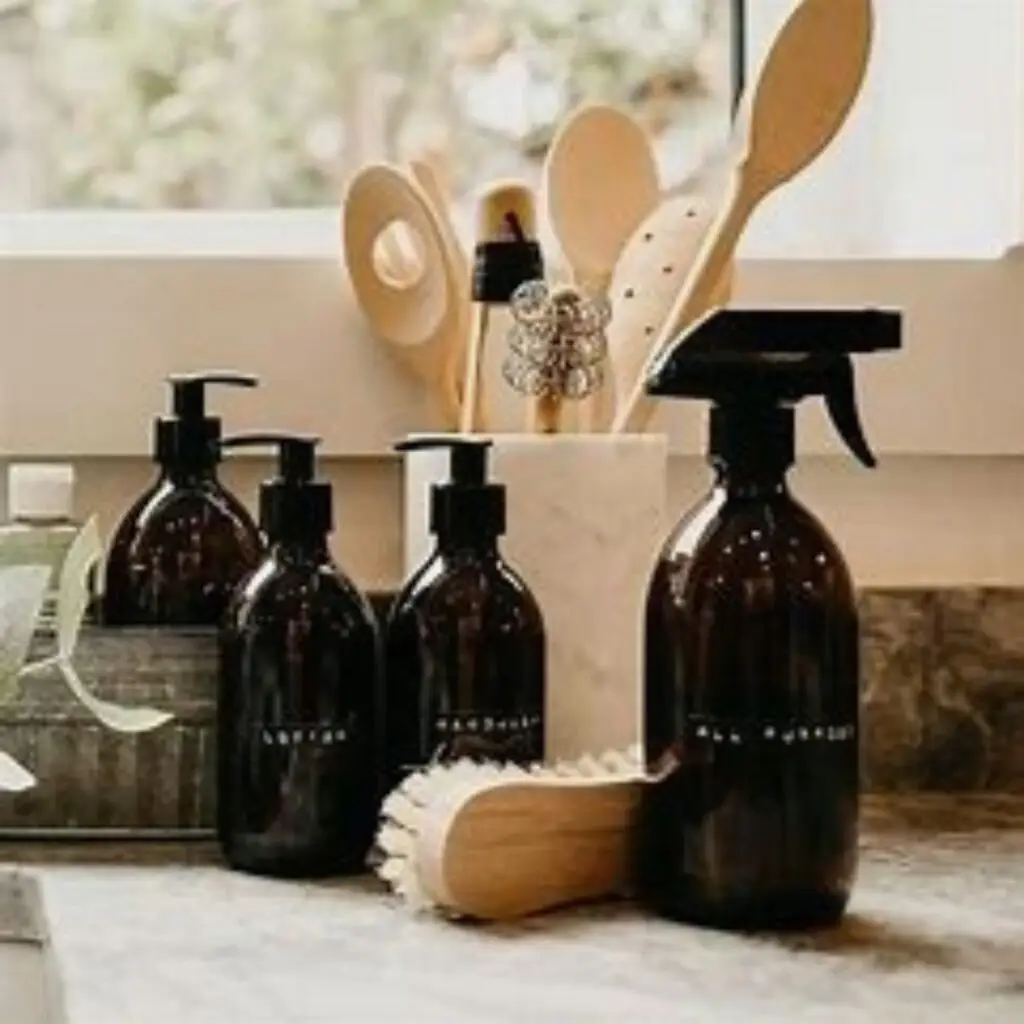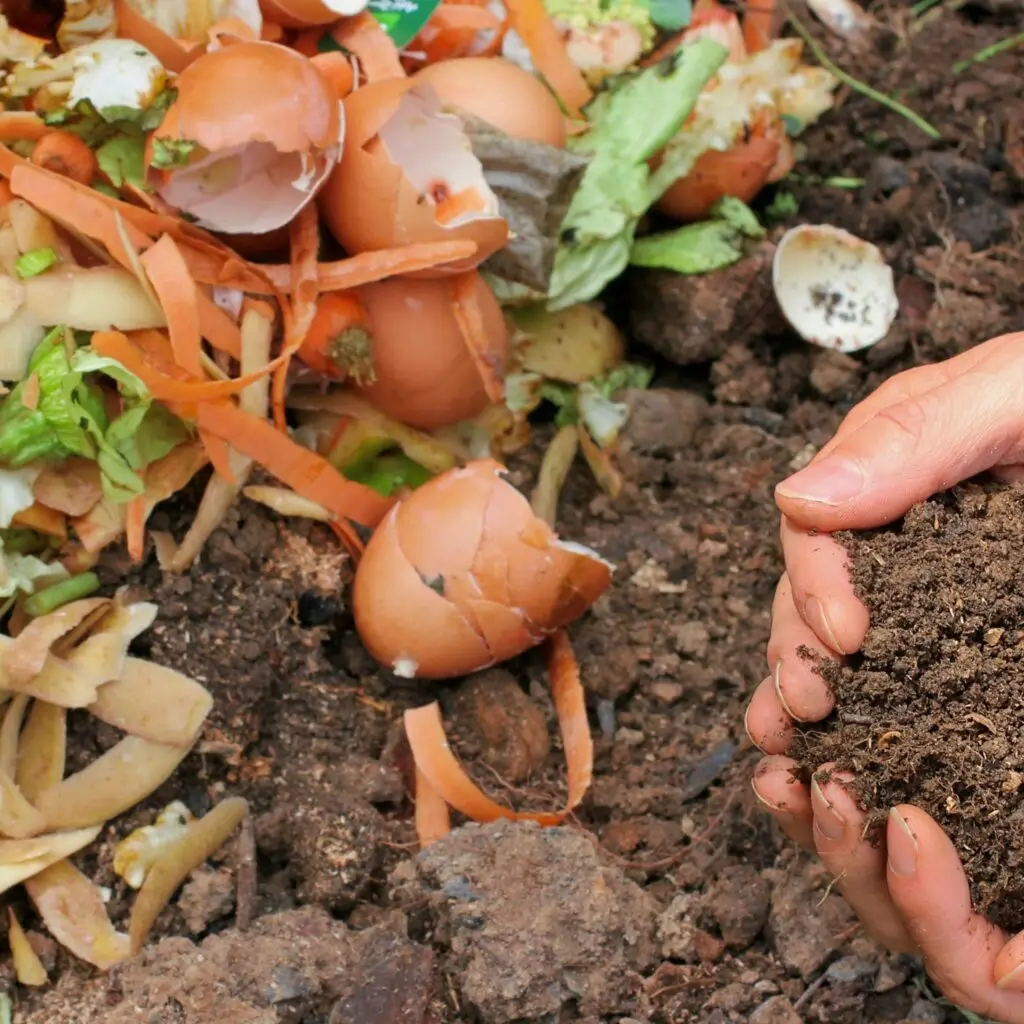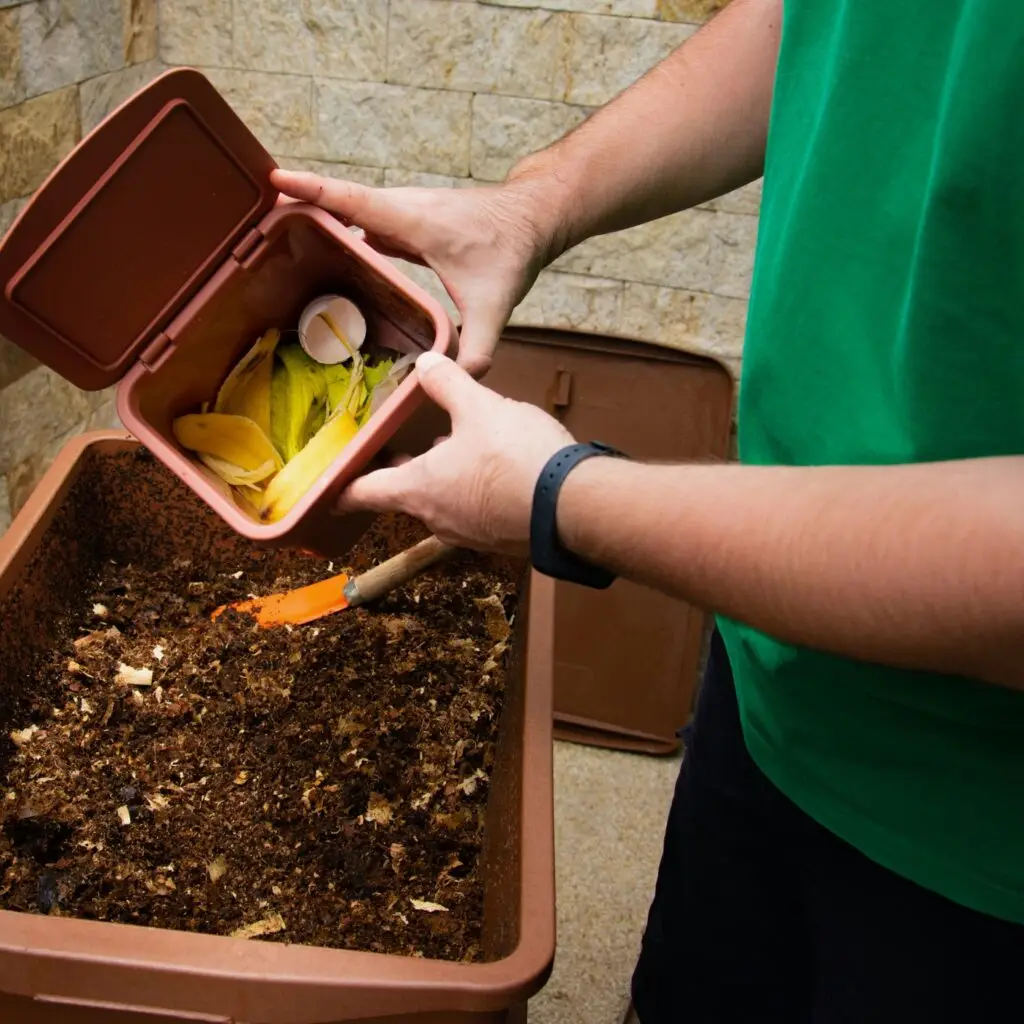Embarking on a zero-waste lifestyle can seem daunting at first. For 30 days, I committed to reducing my waste to as close to zero as possible. From changing daily habits to rethinking my purchases, the experience was transformative, challenging, and eye-opening. Here’s what I learned along the way—and why you might want to give it a try too.
Table of Contents
ToggleThe First Step: Defining Zero Waste
Before starting, I had to understand what zero-waste living truly means. At its core, zero waste is about minimizing landfill contributions by reusing, recycling, and reducing waste.
Key Principles of Zero Waste:
- Refuse what you don’t need.
- Reduce what you do need.
- Reuse by choosing durable products.
- Recycle as a last resort.
- Rot (compost) organic waste.

Day 1–7: A Mindset Shift
The first week was all about breaking old habits. Every time I reached for a disposable item, I had to pause and ask: “Is there a sustainable alternative?”
Challenges Faced:
- Avoiding plastic packaging at the grocery store.
- Remembering to bring my reusable bags and containers.
- Feeling overwhelmed by the sheer amount of waste I noticed in daily life.
Small Wins:
- Switching to a reusable water bottle and coffee cup.
- Shopping at bulk stores with my own jars.
- Saying no to single-use straws and cutlery.

Day 8–15: Rethinking Household Waste
Week two brought a deeper focus on household waste. From cleaning supplies to personal care products, I realized how many single-use items were part of my routine.
Sustainable Swaps:
- DIY Cleaning Products: A mix of vinegar, baking soda, and essential oils replaced commercial cleaners.
- Composting: I started a small compost bin for food scraps.
- Personal Care: I swapped plastic toothbrushes for bamboo ones and switched to bar soap and shampoo.
Lesson Learned:
Small changes add up. I noticed a significant reduction in my trash bin simply by choosing reusable or compostable alternatives.

Day 16–23: Tackling Food Waste
Food waste was my next big hurdle. Despite my best intentions, I realized how much food went uneaten or spoiled.
Strategies to Reduce Food Waste:
- Meal Planning: Planning meals in advance reduced overbuying.
- Freezing Leftovers: Perfect for avoiding spoilage.
- Creative Cooking: Using scraps for soups, broths, or smoothies.
What Surprised Me:
Composting my food scraps was incredibly satisfying and reduced my overall waste significantly.

Day 24–30: Reflecting on Consumption
By the final week, zero-waste living felt less like a challenge and more like a lifestyle. I became more mindful of my purchases and the environmental impact of my choices.
Key Reflections:
- Convenience often leads to waste. Prioritizing preparation (e.g., bringing my own containers) made a huge difference.
- Quality over quantity: Investing in durable, reusable items saved money and reduced waste over time.
- Zero-waste isn’t about perfection. It’s about progress and making better choices whenever possible.
What I Learned From the Experience
1. It’s Not as Hard as It Seems
The thought of living zero-waste can feel overwhelming, but starting small made the transition manageable.
2. Preparation is Key
Keeping reusable items like bags, bottles, and utensils handy prevented many wasteful situations.
3. It’s a Journey, Not a Destination
Zero waste isn’t about achieving perfection—it’s about making conscious decisions to reduce impact.
7 Tips for Trying Zero Waste Yourself
- Start Small: Begin with easy swaps, like reusable bottles and bags.
- Plan Ahead: Meal prep, shop in bulk, and carry reusable items.
- Say No to Single-Use Items: Refuse straws, plastic bags, and disposable cutlery.
- Compost: Transform food scraps into nutrient-rich soil.
- DIY Where You Can: Make your own cleaning and beauty products.
- Shop Second-Hand: Reduce waste by buying pre-loved items.
- Join a Community: Support from others can make the journey easier.

At Planet Ideal, we’re on a mission to make sustainable living accessible for everyone. Our team of eco-enthusiasts writes short, snappy, and easy-to-digest articles designed to inspire real change without overwhelming. From practical tips to innovative ideas, we’re here to prove that living green can be stylish, convenient, and enjoyable. Join us as we empower individuals, families, and communities to embrace eco-friendly lifestyles—one step, one story, and one solution at a time.






